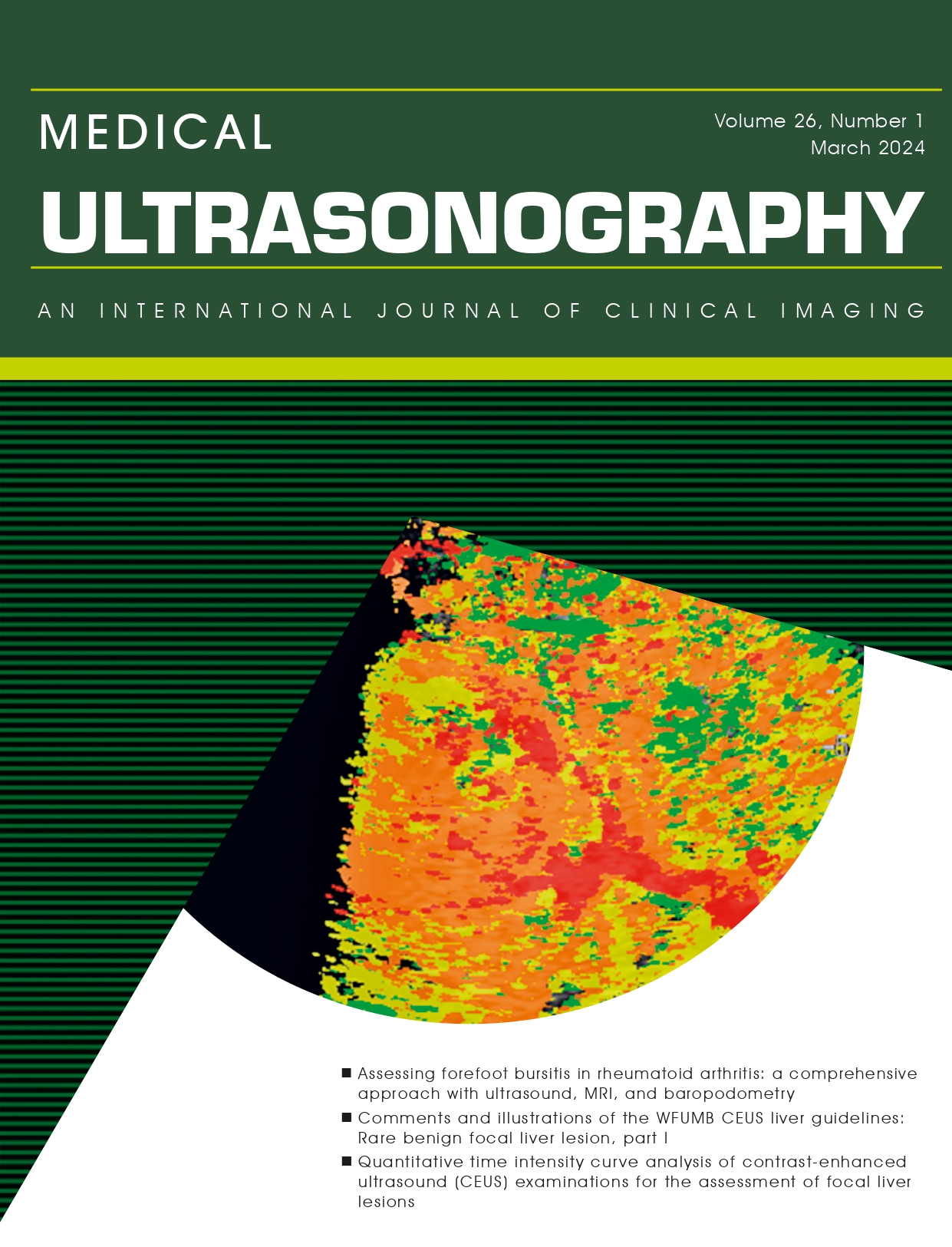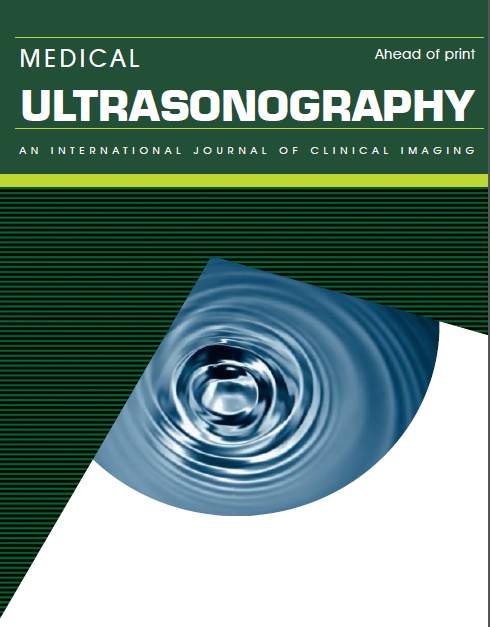Twinkle, twinkle little stone: an artifact improves the ultrasound performance!
Abstract
Aims: Ultrasound is a noninvasive method used for the diagnosis of urinary lithiasis. When the length of the stone is less than 5 mm, its detection may be difficult. The twinkling artifact (TwA) is an intense alternating color signal behind calcifications and stones in different organs. The aim of this paper was to evaluate the importance of the TwA in detecting kidney stones less than 5 mm in length. Material and methods: We examined 230 patients with lumbar pain or a history of kidney stones. We excluded patients with stones larger than 5 mm. 174 patients corresponded to the inclusion criteria. We performed color Doppler ultrasound and we noticed the presence of the twinkling artifact. The gold standard for the diagnosis was either computed tomography (CT) scan, intravenous urography (IVU) or the spontaneous elimination of the stones.
Results: We found renal stones in 123 patients. The twinkling artifact was present in 113 cases and absent in the rest of 10 patients. In two patients the artifact was present but the stones were not confirmed by CT. The twinkling artifact had sensitivity, specificity, positive predictive value and negative predictive value of 99.12%, 90.91%, 99.12%, and 90.91% respectively.
Conclusions: The twinkling artifact is a very useful color Doppler ultrasound tool for the detection of small urinary stones. We suggest the routine use of color Doppler in all suspicious cases in order to avoid unnecessary irradiating and expensive radiological methods.
Keywords
DOI: http://dx.doi.org/10.11152/mu-984
Refbacks
- There are currently no refbacks.




